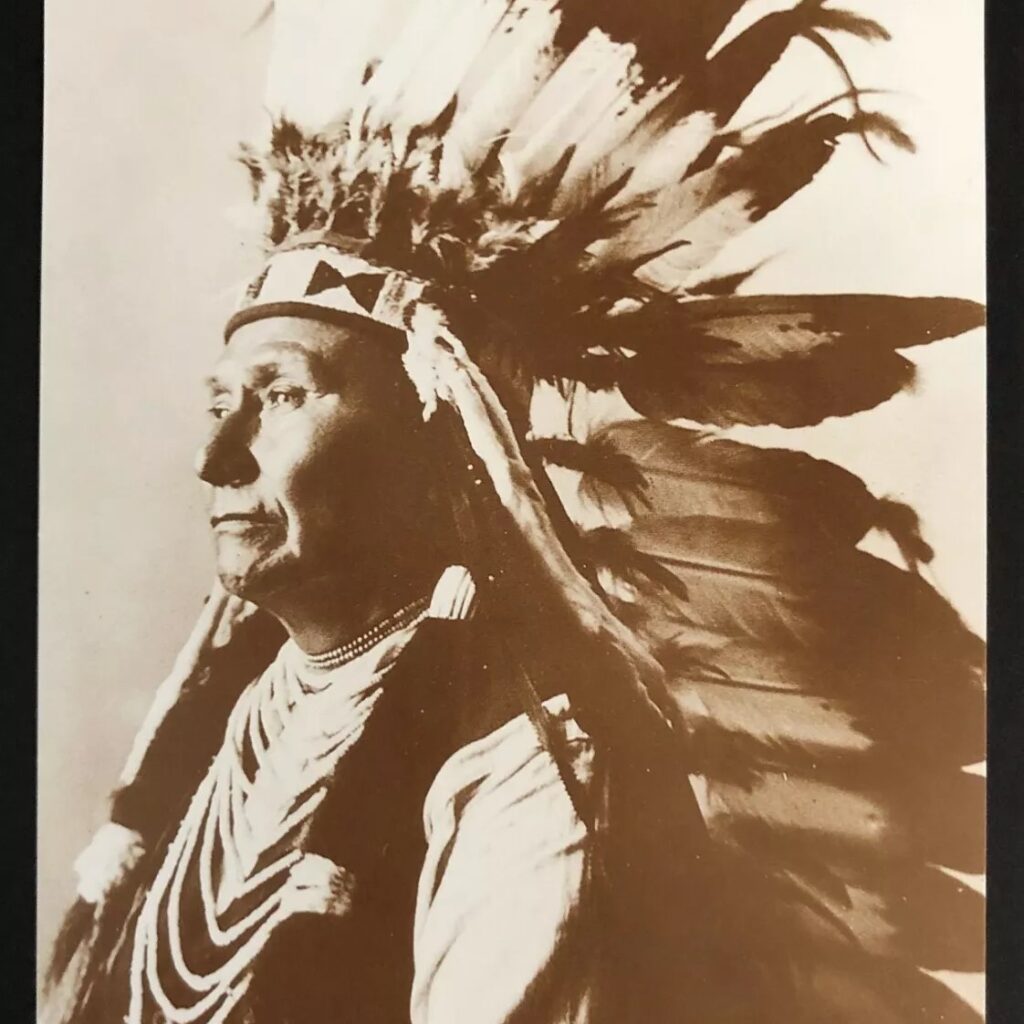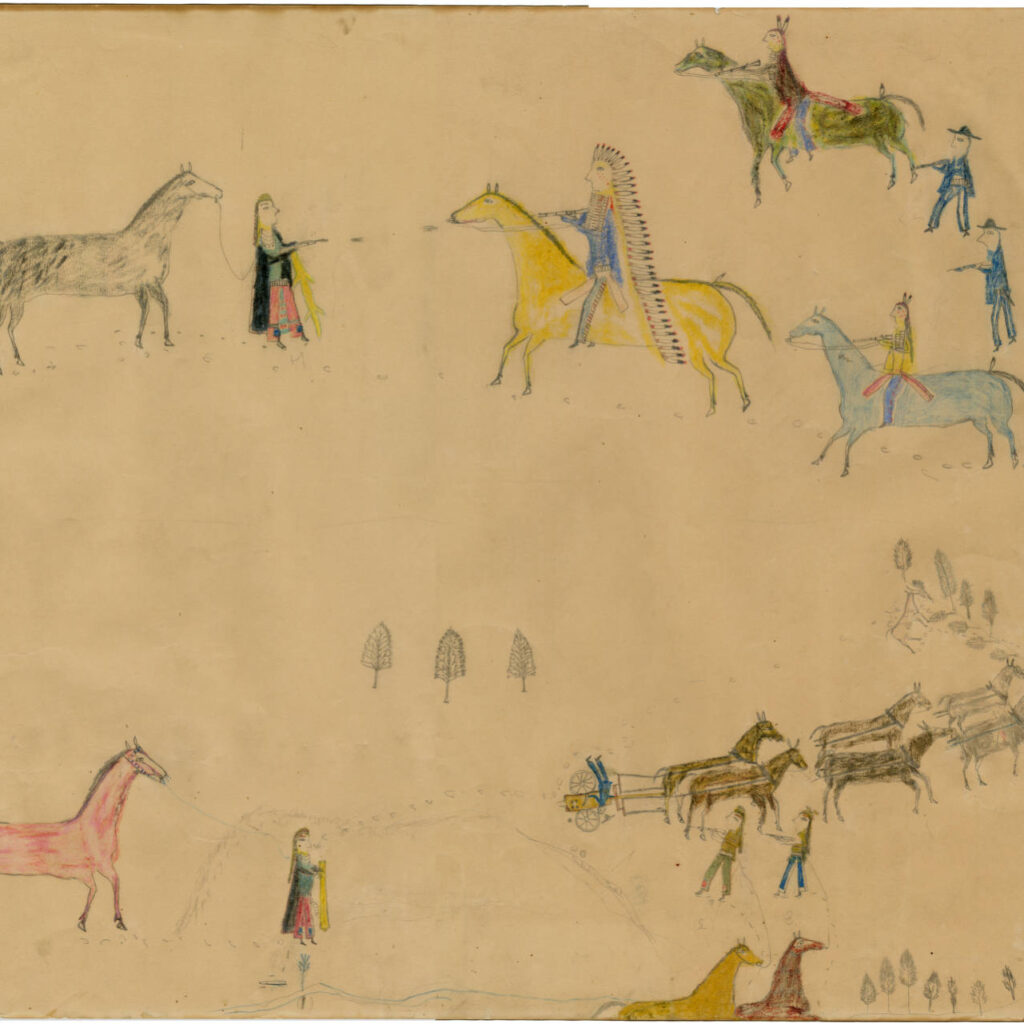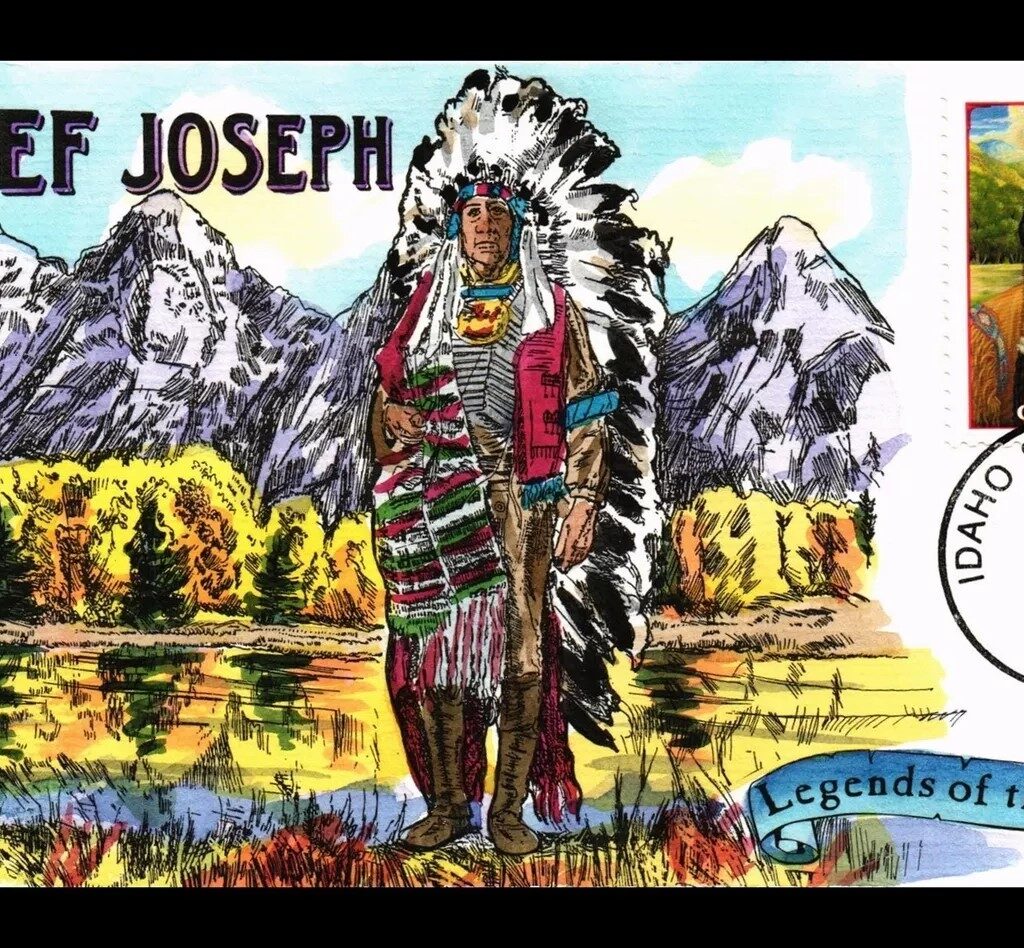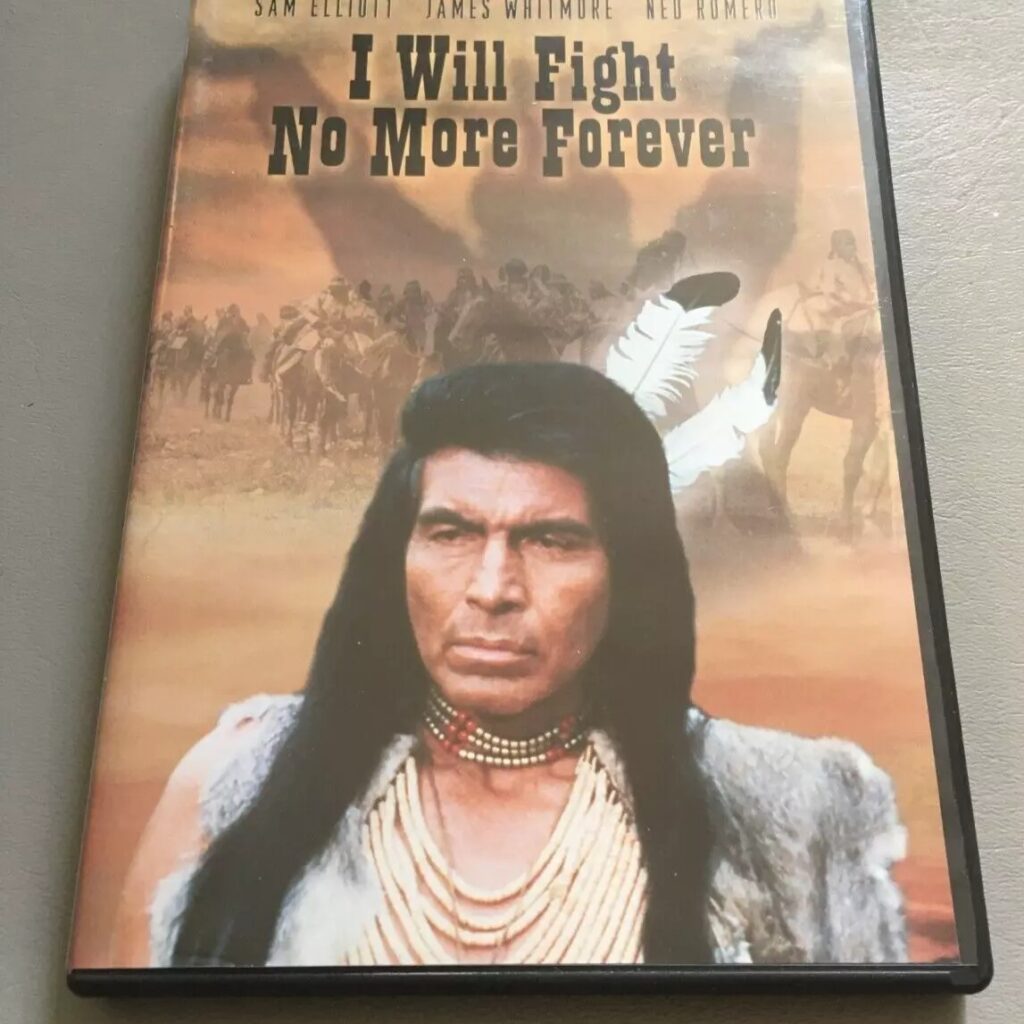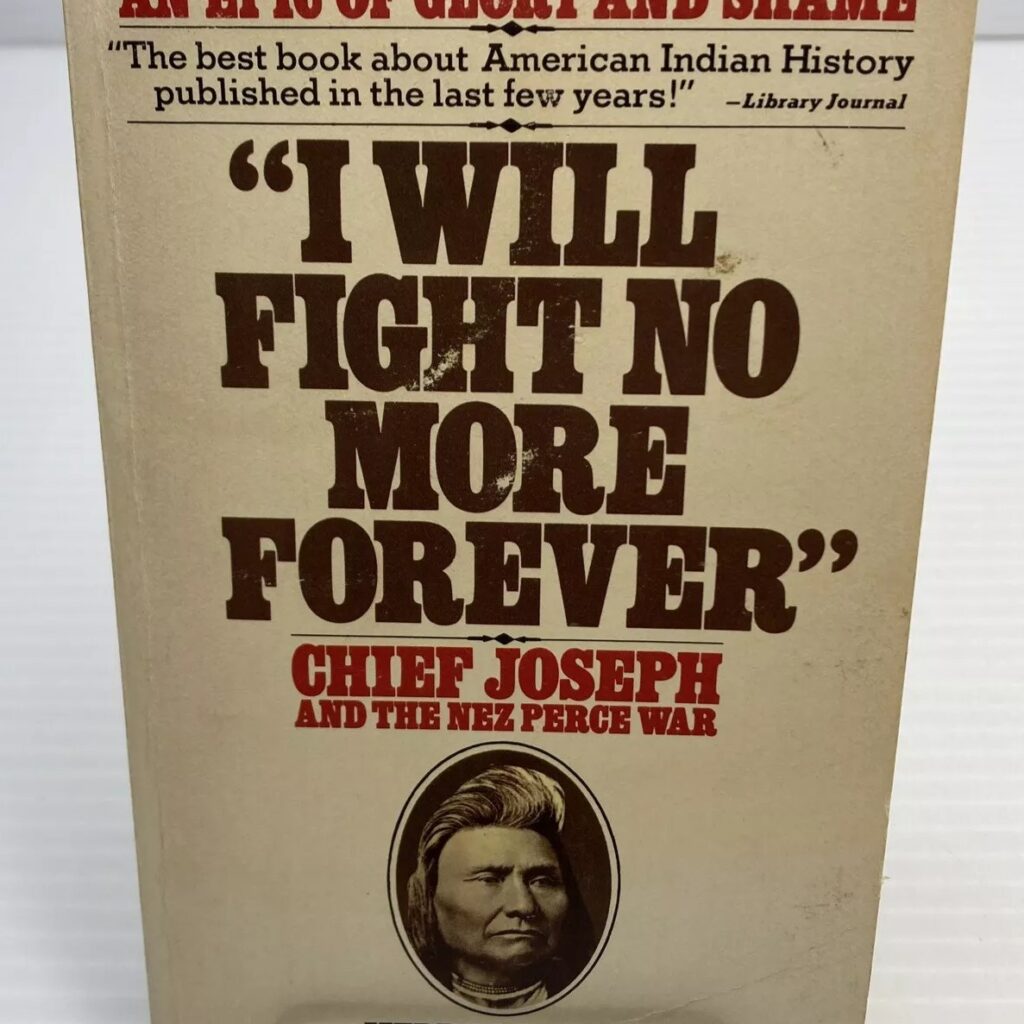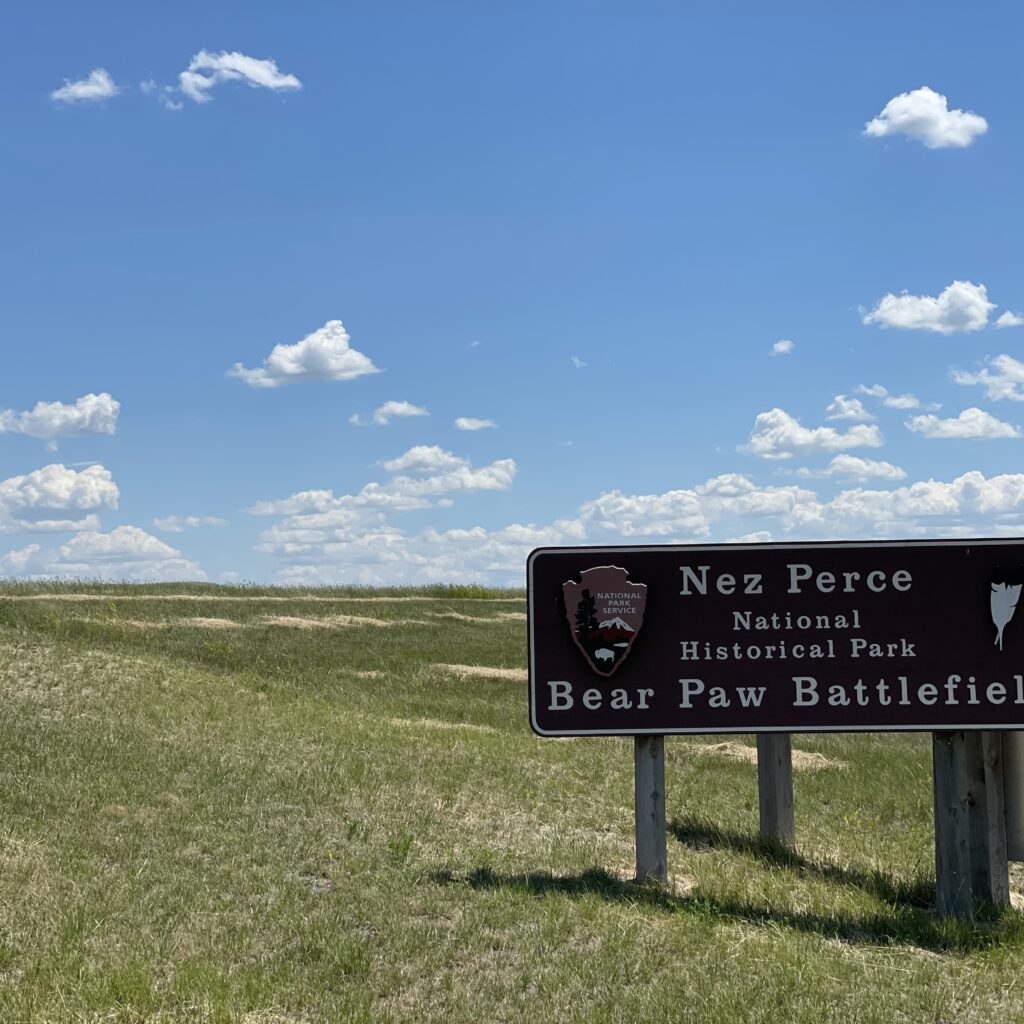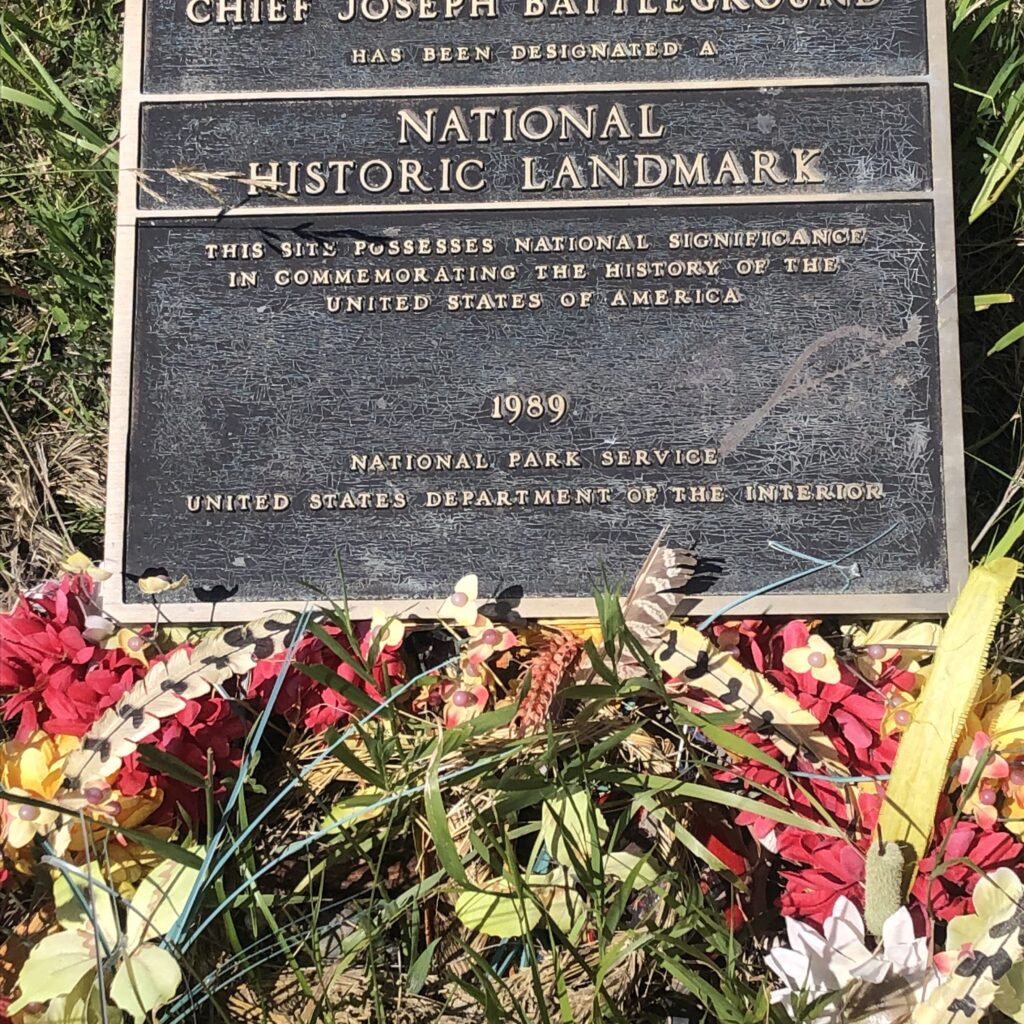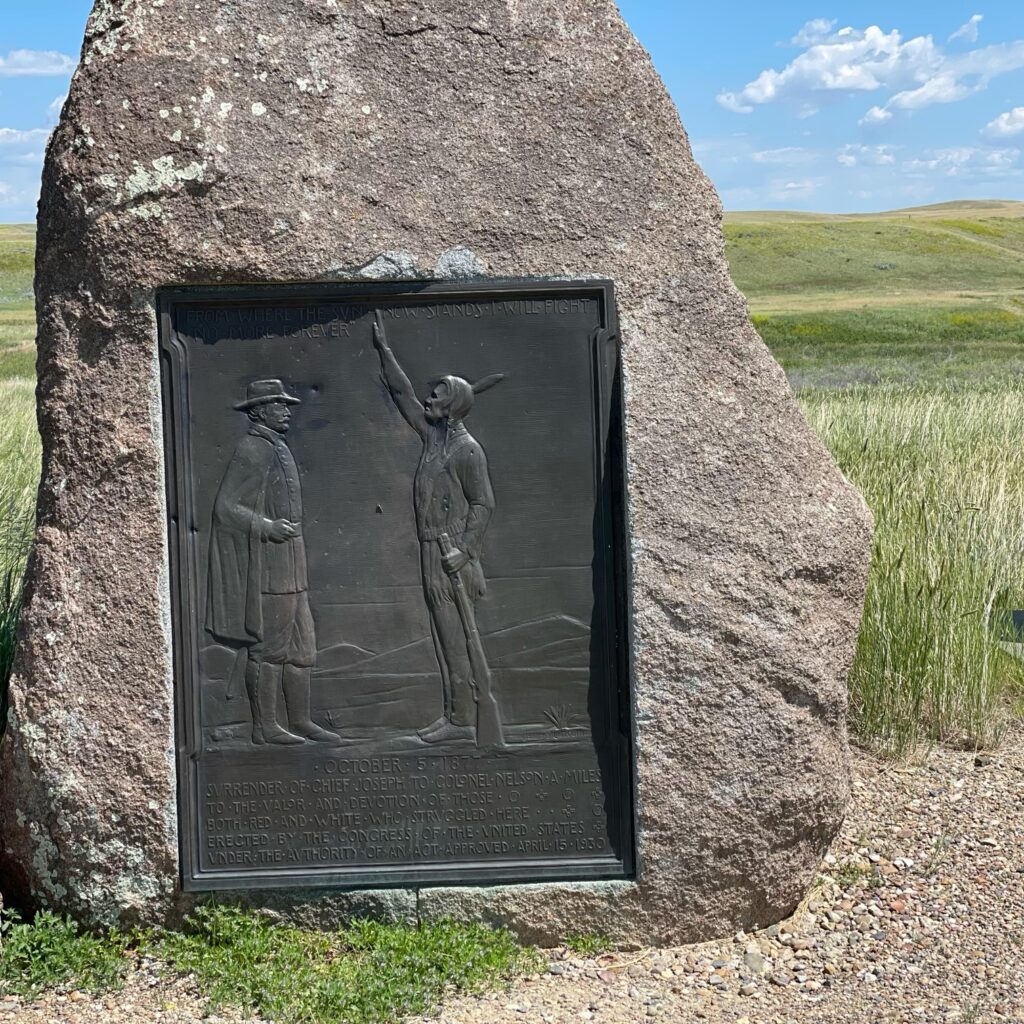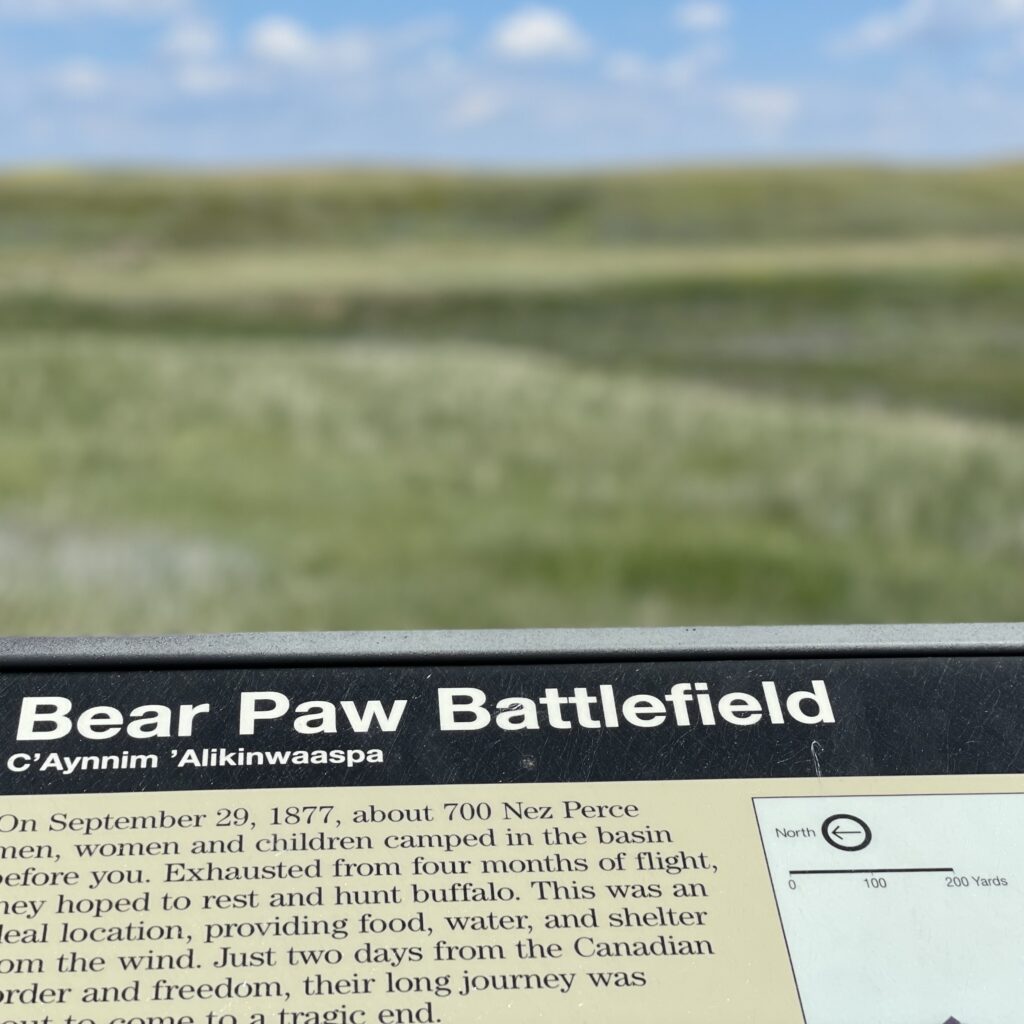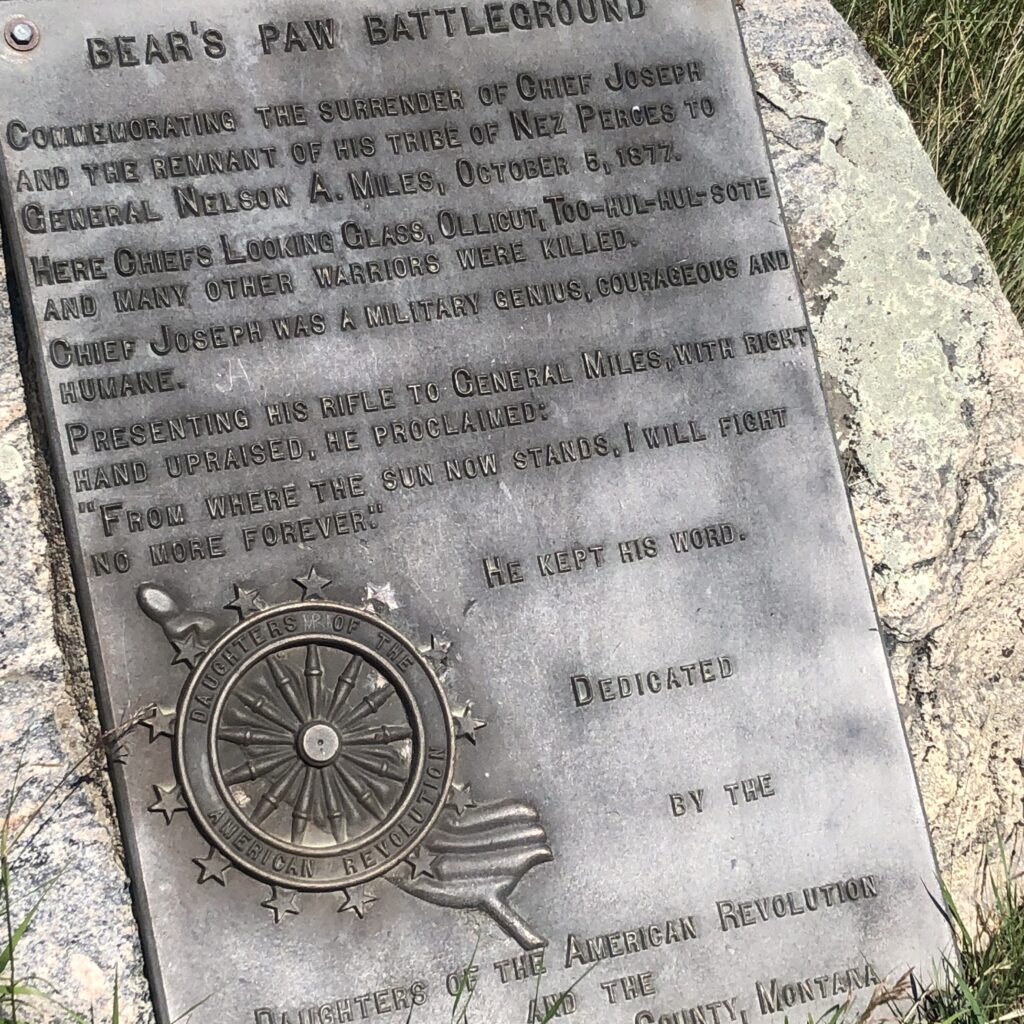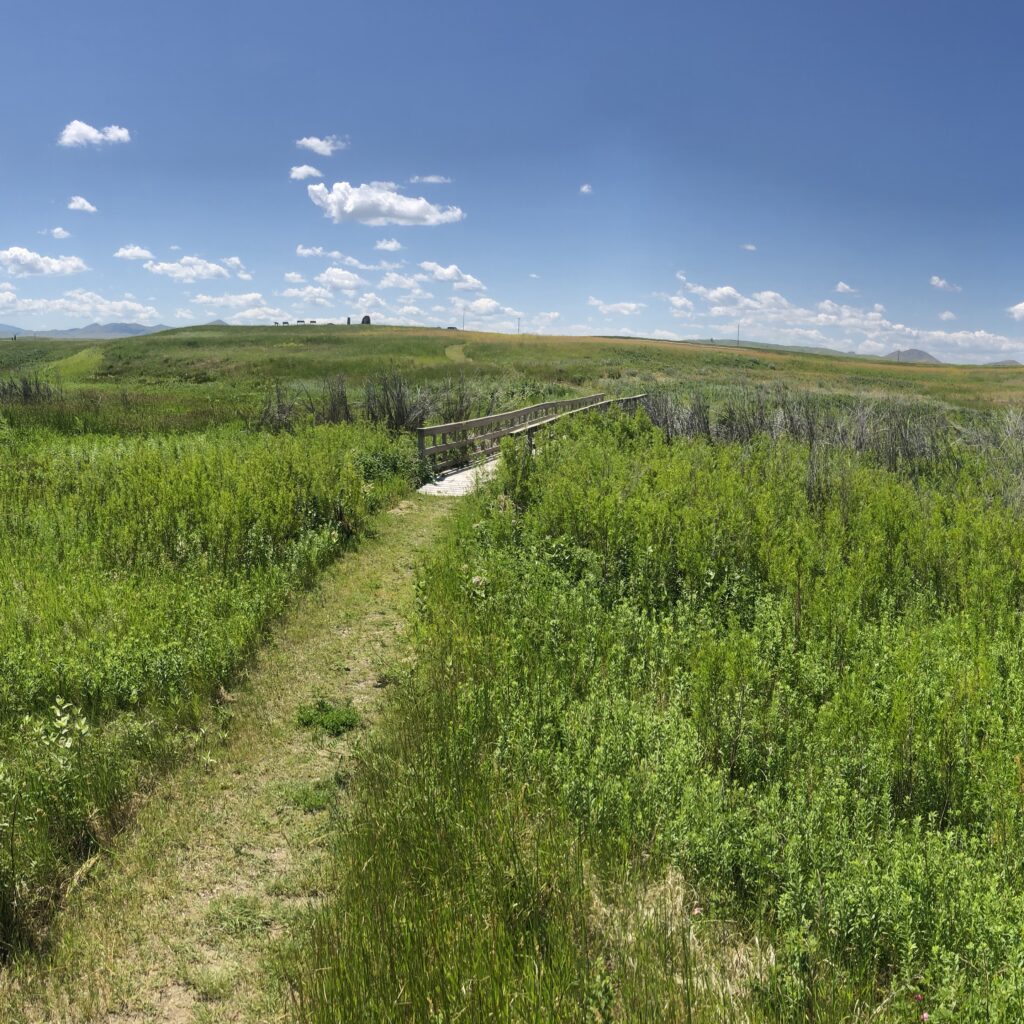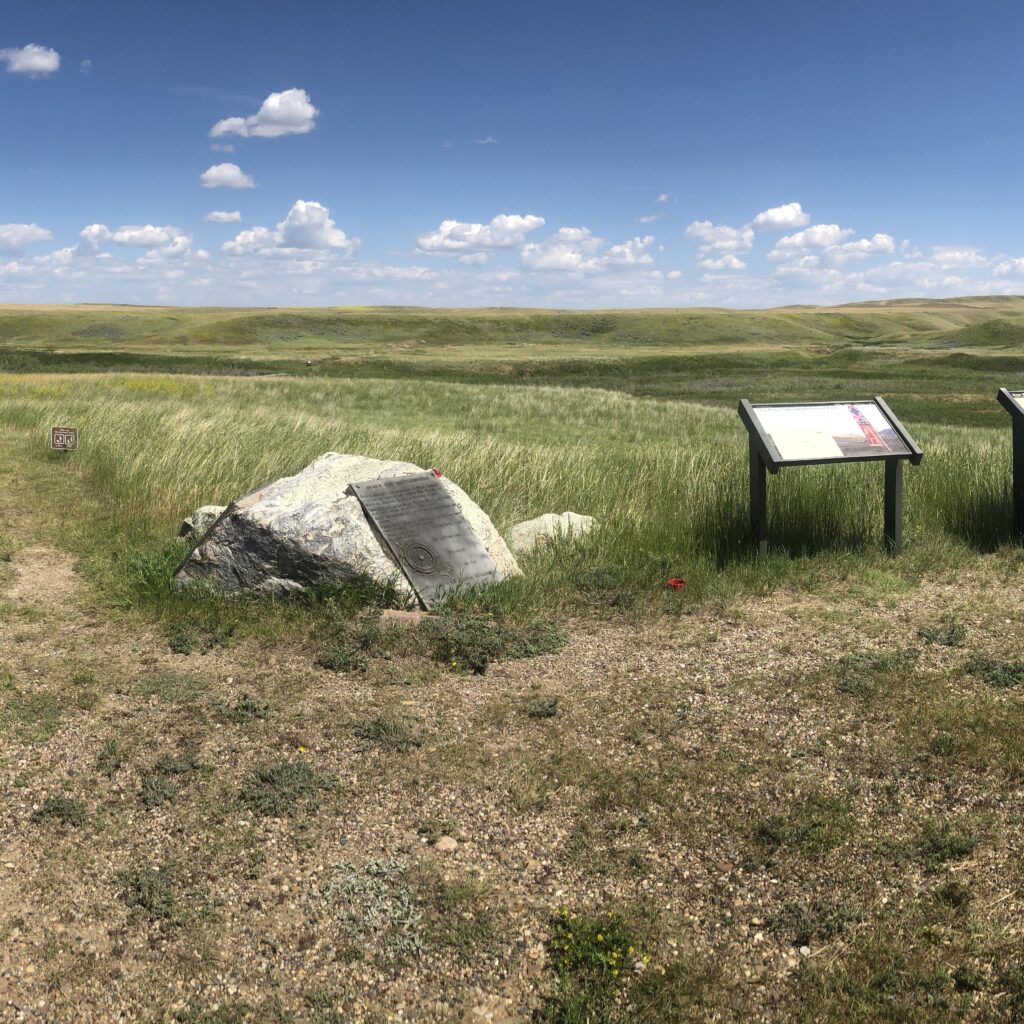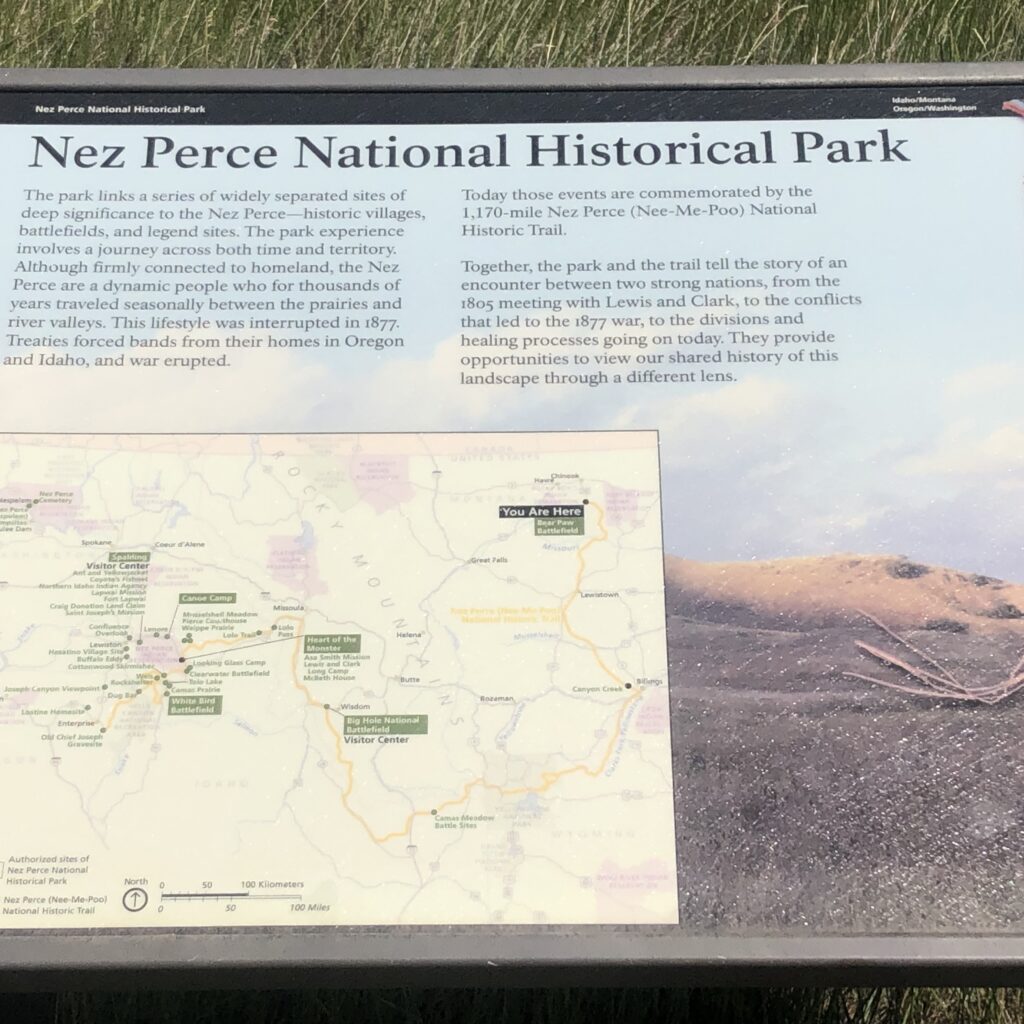Last updated on March 14th, 2025 at 04:32 pm
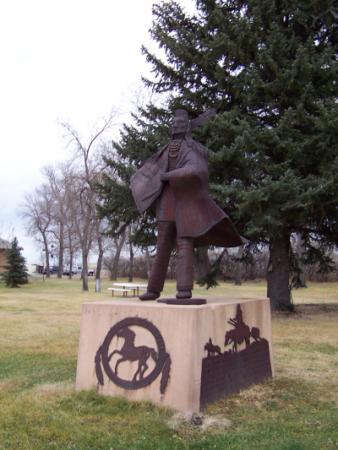
About
The Battle of Bear Paw, fought from September 30 to October 5, 1877, was the final engagement of the Nez Perce War. This conflict involved the Nez Perce, led by Chief Joseph, and the U.S. Army, under Colonel Nelson A. Miles and General Oliver O. Howard.
The Nez Perce had been fleeing across the Northwest for over four months, covering more than 1,100 miles in an attempt to reach safety in Canada. After numerous skirmishes and successful tactical maneuvers, they were intercepted near the Bear Paw Mountains in present-day northern Montana, just 40 miles from the Canadian border.
Despite their determination and defensive positions, the Nez Perce were overwhelmed by superior numbers, harsh weather, and dwindling supplies. After several days of fighting, Chief Joseph surrendered on October 5, 1877, delivering his famous speech that included the words: “From where the sun now stands, I will fight no more forever.”
The surrender marked the dramatic conclusion of the Nez Perce War. While Chief White Bird and a small group successfully crossed into Canada, the majority of the Nez Perce were captured and forced into exile on distant reservations, separated from their ancestral lands. This final act of defiance and endurance has become a poignant symbol of the Nez Perce’s unwavering resilience and their heartbreaking struggle against the relentless expansion of the United States. The Battle of Bear Paw endures as a vivid reminder of the cost of resistance and the enduring spirit of those who fought to protect their way of life.
During the Old West Trail days
The Battle of Bear Paw and the Nez Perce’s flight to Canada were reinterpreted during the 1950s and 1960s as symbols of resistance, perseverance, and the broader struggle for justice. As the United States began to reevaluate its treatment of Indigenous peoples, the Nez Perce War was viewed through a new lens that emphasized the tribe’s strategic brilliance and their efforts to preserve their freedom and way of life against overwhelming odds.
Chief Joseph, in particular, became an emblem of leadership and eloquence, advocating for his people’s rights with dignity and resolve. His surrender speech resonated with contemporary audiences, symbolizing the pain of displacement and the dignity of those who resist oppression. The Nez Perce’s attempt to seek refuge in Canada highlighted their resilience and underscored broader themes of Indigenous peoples’ quest for self-determination.
Books and films of the era further shaped these reinterpretations. Merrill D. Beal’s Chief Joseph and the Flight of the Nez Perce (1963) provided a detailed account of the events, portraying the Nez Perce with empathy and emphasizing their heroism. Similarly, the documentary Chief Joseph of the Nez Perce (1958), produced for television, offered a more nuanced and sympathetic depiction of the tribe’s struggle compared to earlier portrayals in popular culture.
These works contributed to a growing awareness of the injustices faced by Native Americans and elevated the Nez Perce War as a significant chapter in American history. The story became a powerful testament to resilience, justice, and the enduring human spirit.
Today
Today, the Bear Paw Battlefield is preserved as part of the Nez Perce National Historical Park and serves as a solemn reminder of the events of 1877. Located near Chinook, Montana, the site features interpretive trails, informational signage, and guided tours that provide visitors with insights into the final days of the Nez Perce War. The battlefield’s landscape remains largely unchanged, offering a powerful connection to the past.
The site is a place of reflection and learning, where visitors can honor the bravery and resilience of the Nez Perce people. Efforts by the National Park Service and the Nez Perce Tribe have ensured that the history and cultural significance of the battlefield are preserved for future generations. The Bear Paw Battlefield stands as a testament to the enduring legacy of the Nez Perce and their struggle for freedom and self-determination.
The Bear Paw Battlefield is the final stop on the Nez Perce National Historic Trail.
I had the opportunity to visit the Bear Paw battlefield in the summer of 2024. It is a sobering experience. This small valley, with a gentle creek winding through it, carries an almost haunting stillness. The soft sound of water trickling over rocks and the whisper of wind through the grasses evoke a sense of timelessness, much as it must have been during the battle and siege so many years ago.
There is no visitor center on site like there is at the Big Hole battlefield, so visitors should consider researching the history beforehand. Resources such as the Blaine County Museum in Chinook or online guides about the Nez Perce War can provide valuable context to enhance the experience. The Blaine County museum in Chinook has a great deal of information on the site including video on the story of the battlefield.
Travelers on US 2 through Chinook, Montana, should not miss the 16-mile journey southward to the Bear Paw Battlefield. The stark, desolate beauty of the landscape serves as a powerful reminder of the hardships endured and the bravery displayed by the Nez Perce people.
It is very important to remember that when you visit, you are on ground sacred to Native Americans. This battlefield holds profound cultural and historical significance, as it was the site of a defining moment in the Nez Perce’s struggle for survival and freedom. Many who fought and fell here remain buried on these lands, making it a place of reverence and reflection for the Nez Perce people and all who honor their legacy. Many of those who were killed are still buried here and remain part of this story.
Additional links and information
The following are additional links and information about the Bear Paw Battlefield.
